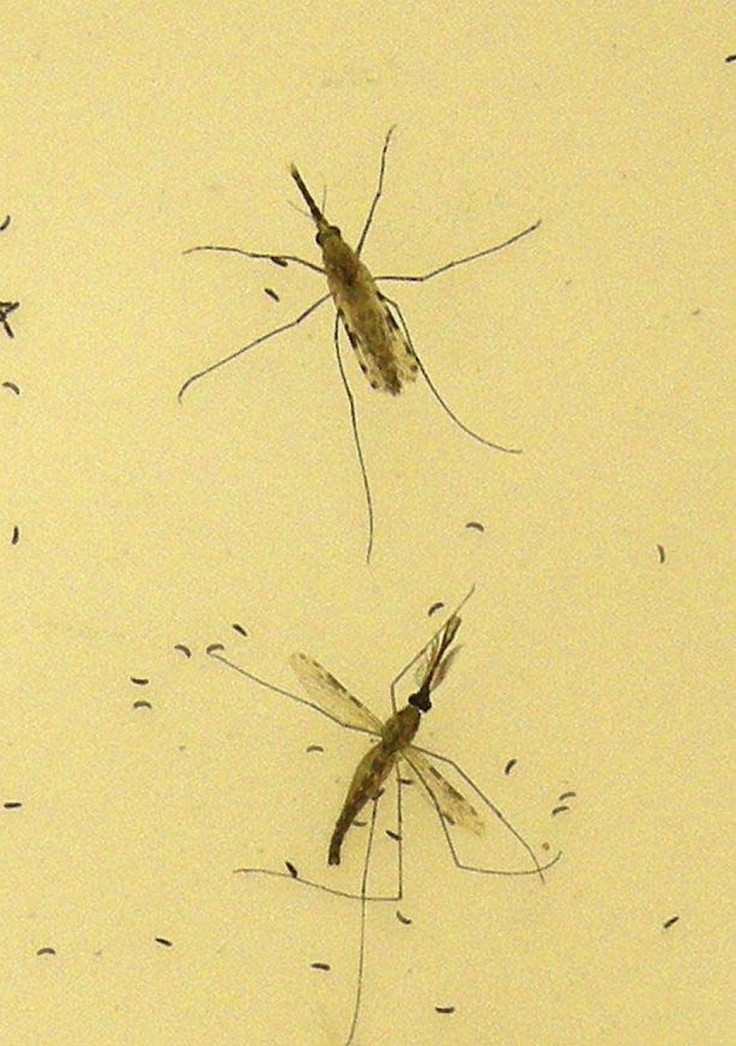Nanotechnology Used To Fight Malarian Parasites

Malaria is one of the deadliest parasitical disease that mankind has ever had to encounter. The fact that one tiny parasitical organism that resides in a minuscule blood-sucking insect has the power to end a human life is definitely terrifying. What is even more frightening is that so far, scientists have been unable to find a definitive cure for such parasitical diseases. Thousands upon thousands die every decade because of lack of availability of effective medication and treatment. However, scientists now may have discovered a way by which to weaken and trick malarial parasites, thereby effectively developing a solution to the problem.
Svetlana Glushakova is a cell biologist at the National Institute of Child Health and Human Development in Bethesda, Maryland. Glushakova reported that, one way to limit the malarial parasites's infectious quality would be to lock in the malaria within the red blood cells. This would disable one of the key proteins that the parasite uses to escape red blood cells and infect more people.
In support of this concept, researchers at the University of Basel and the Swiss Tropical and Public Health Institute have developed a so-called nano-mimics procedure that is meant to trick the parasite. In essence, the procedure involves inhibiting the reproductory processes of the parasite that takes place within the red blood cells of mosquitos by binding the parasites to the nano-mimics instead of the red blood cells.
Through the nano-mimics procedure, scientists intend to genetically disable one of the proteins that the parasite uses during the process of reproduction. Malarial parasites reproduce by using the PPLP2 protein to venture out of their vacuoles which are their resting places within the red blood cells. It is this protein that the nano-mimics procedure targets and disables, thereby locking in the malarial parasite within the host red blood cell to the nano-mimics.
This, in turn, disables the parasite's ability to venture out of the host cell and reproduce among other healthier red blood cells, making reproduction impossible. The results of this breakthrough may lead to further ventures, alternative treatments and vaccines for similar kinds of infectious diseases in the future.





















